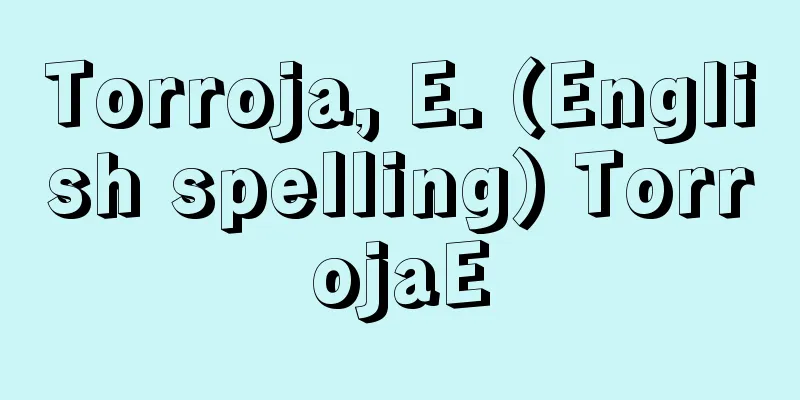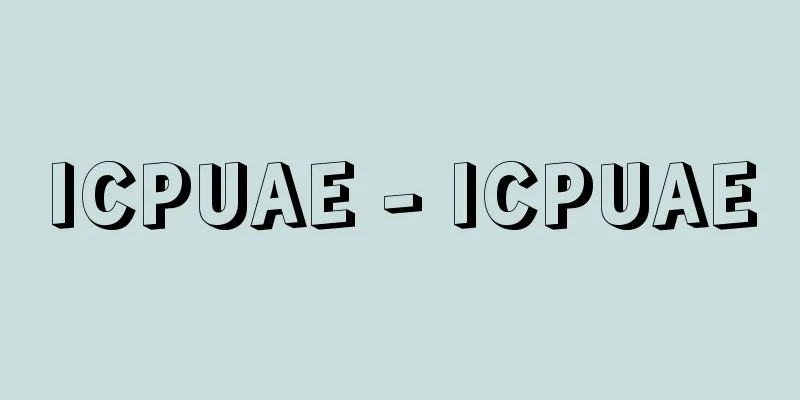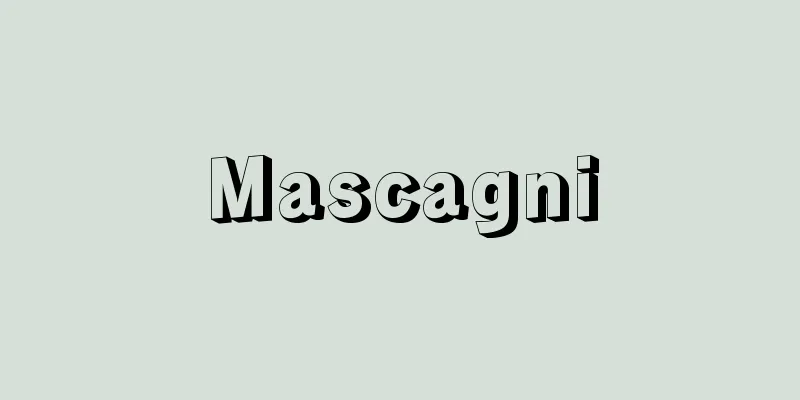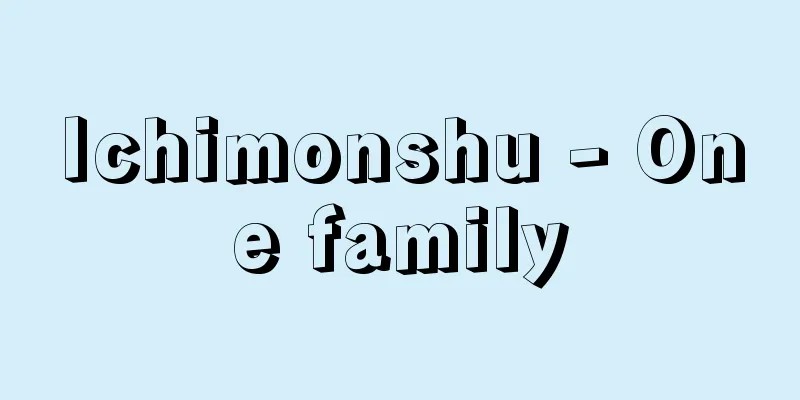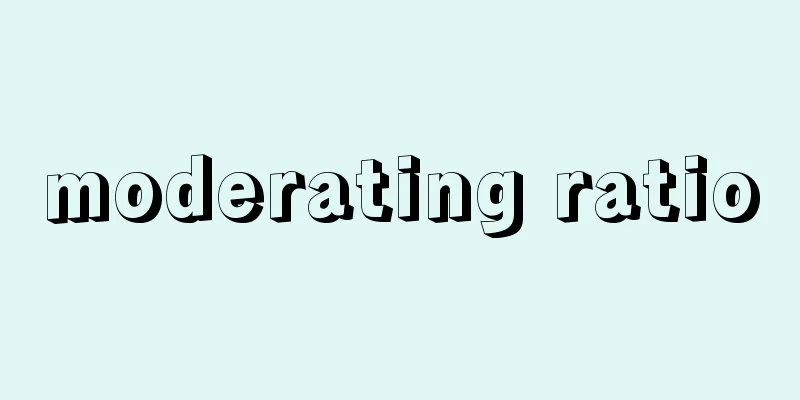cocoa
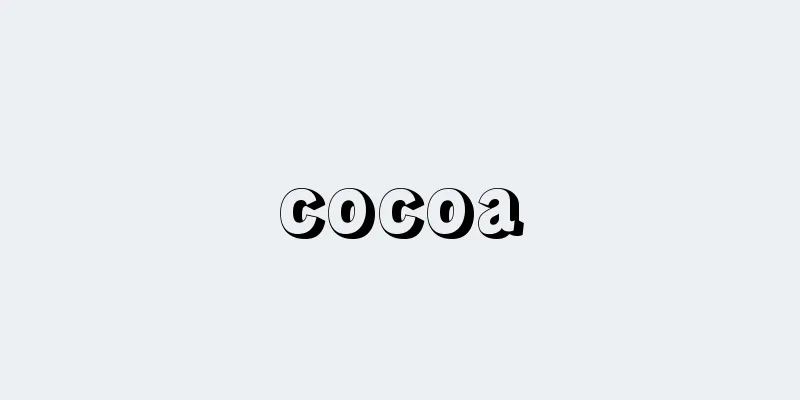
Nutrition and FunctionBoth cocoa and chocolate are made from the seeds of the cacao tree, the cacao beans. This is roasted, crushed , boiled down into a paste, and the fat is removed before being powdered to make cocoa. When flavorings and sugar are added to the paste and it is solidified, it becomes chocolate. In the tropical regions of the Americas, where cacao originated, a drink made from crushed cacao beans and adding spices has long been prized as a source of stamina. In the 16th century, the Spanish who invaded South America introduced cacao beans to Europe. In addition, in the early 19th century, the Dutchman Van Houten developed the powdered cocoa that we know today. In the late 19th century, the process for making chocolate bars was developed in Switzerland, and a clear distinction was made between cocoa and chocolate. It is said that cocoa was first introduced to Japan in Nagasaki during the Edo period. (In addition to various vitamins and minerals, it is also extremely rich in polyphenols.) ○Nutritional value Cocoa is one of the most nutritious beverages, and is rich in protein, lipids, carbohydrates, calcium, potassium, iron, vitamins B2 , B6 , B12 , niacin, pantothenic acid, and dietary fiber . Its main benefits include recovering from fatigue, treating arteriosclerosis, high blood pressure, thrombosis , anemia, emotional instability, constipation , and preventing and relieving obesity. In addition, cocoa is extremely rich in polyphenols that neutralize active oxygen, making it effective in preventing cell aging and lifestyle-related diseases. In addition, theobromine, which is the source of its unique bitterness, regulates the function of the autonomic nervous system, relaxes the mind, and is effective in relieving sleep disorders. Furthermore, recent studies have shown that it also has an antibacterial effect against pathogenic Escherichia coli O -157 and Helicobacter pylori , which causes stomach ulcers, and it is gaining attention from the perspective of preventing infectious diseases. Cooking tips:There are two types of cocoa: pure cocoa, which is made by powdering defatted cocoa bean paste into an easily soluble powder, and milk cocoa, which is made by adding milk powder and flavorings to pure cocoa. The typical way to drink both pure cocoa and milk cocoa is to dissolve the powder in a small amount of boiling water and add warm milk. To achieve a good flavor, the key is to dissolve the powder in boiling water and then heat it over low heat for 4 to 5 minutes, being careful not to burn it. Cocoa is also used in cakes, cookies, and bavarois, and in Central and South American countries there is a dish in which chicken or pork is stewed in a sauce made from cocoa and spices. If you want to store it, make sure to use an airtight container and keep it in the refrigerator, as moisture will cause the flavor to deteriorate. By the way, chocolate, which is also made from cocoa beans, shares the same main nutritional values and benefits as cocoa. Things to be aware of : Chocolate contains 35-40% fat, which can lead to obesity and dyslipidemia (cocoa in powder form contains about 20%). There is also a theory that both cocoa and chocolate can cause kidney stones, so avoid drinking and eating too much of them. Source: Shogakukan Medical Museum of Food Information |
《栄養と働き》ココアとチョコレートは、ともにカカオの樹の種子、カカオ豆を原料とする食品です。 これを焙煎(ばいせん)、粉砕したあと、ペースト状に煮つめ、脂肪分を除いて粉末にしたのがココア。ペーストに香料や糖分などを加え、固形にしたものがチョコレートです。 カカオの原産地であるアメリカ大陸の熱帯地域では、カカオ豆をすりつぶしてスパイスを加えた飲みものが、スタミナ源として古くから珍重されてきました。16世紀になると南米を侵略したスペイン人が、カカオ豆をヨーロッパに紹介しました。 さらに、19世紀はじめにオランダ人のバン・ホーテンが、今日のような粉末のココアを開発。 19世紀後半にはスイスで板チョコの製法が開発され、ココアとチョコレートが明確に区別されるようになりました。 日本にココアが入ってきたのは、江戸時代の長崎が最初といわれます。 〈各種のビタミン、ミネラルに加え、ポリフェノールも非常に豊富〉 ○栄養成分としての働き ココアは嗜好飲料(しこういんりょう)のなかでも非常に栄養価の高いのが特徴で、たんぱく質、脂質、糖質、カルシウム、カリウム、鉄、ビタミンB2、B6、B12、ナイアシン、パントテン酸、食物繊維などを豊富に含んでいます。 そのおもな効用は、疲労回復、動脈硬化、高血圧、血栓症(けっせんしょう)、貧血、情緒不安定、便秘(べんぴ)、肥満の予防や解消など。 それに加えて、ココアには活性酸素を中和するポリフェノールが極めて豊富で、細胞の老化、生活習慣病の予防にも効果的です。 また、特有のほろにがさのもとであるテオブロミンは、自律神経の働きを調整して気持ちをリラックスさせ、睡眠障害の解消に有効。さらに、最近の研究では、病原性の大腸菌O(オー)―157や胃潰瘍(いかいよう)の原因となるピロリ菌への抗菌効果も認められており、感染症の予防という観点でも、注目を集めつつあります。 《調理のポイント》ココアには、脱脂したカカオ豆のペーストを溶けやすい粉末にしたピュアココアと、ピュアココアに粉乳や香料などを加えたミルクココアがあります。 ピュアココア、ミルクココアともに、粉末を少量の熱湯で溶かし、あたためた牛乳を加えて飲むのが一般的な飲み方。 このとき、風味よく仕上げるには、粉末を熱湯で溶いたあと、弱火で焦がさないよう4~5分加熱してやるのがポイント。 また、ケーキやクッキー、ババロアなどに使うほか、中南米諸国には、ココアに香辛料を加えてつくったソースで鶏肉や豚肉を煮込んだ料理があります。 保存する場合は、湿気を吸うと風味がそこなわれるので、密閉容器を使い、冷蔵庫に入れるようにしましょう。 ところで、ココアと同じくカカオ豆を原料とするチョコレートも、おもな栄養・効用はココアと共通です。 ○注意すべきこと ただ、チョコレートは35~40%もの脂質を含んでおり、肥満や脂質異常症の原因になるのが難点(ココアは粉末状態で約20%)。 また、ココアもチョコレートも結石の原因になるという説もあります。そうしたことから、飲みすぎ、食べすぎは避けるようにしましょう。 出典 小学館食の医学館について 情報 |
Recommend
Miyama Kozorina - Miyama Kozorina
A perennial herb of the Asteraceae family (illustr...
Osgood, CE (English spelling) OsgoodCE
…In response to this, an approach was advocated i...
Campidano Plain - Campidano Plain
…About four-fifths of the island is occupied by m...
Copy - Mosha (English spelling)
A faithful reproduction of a work of art, or a rep...
Ascarafos - Ascarafos
… [Nobuo Takeshita] [Mythology, Folklore] Owls ha...
Neo-Oriental Movement - Neo-Oriental Movement (English name)
A general term for the interest in and practices b...
Sataku Jyomyō
?-673 A scholar and aristocrat from Baekje (Korea...
Octave species
...When these tetrachords are stacked together, a...
Kabara - Kabara
...Such tax contracts became popular around the e...
Dubos
American scientist and microbiologist. Born in Fra...
Nogata Plain - Nogata Heiya
An alluvial plain that spreads across the middle ...
Wool spinning machine - Kebouki
A general term for machines that spin wool, cashme...
Lanolin
A waxy substance that adheres to the surface of w...
The Rise and Fall of the Galactic Empire
…He started writing science fiction while he was ...
Concert Lamoureux (English)
...The most important achievement of this was the...

